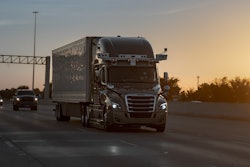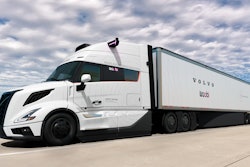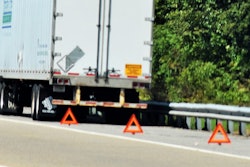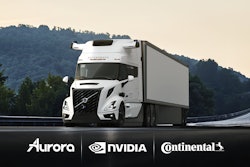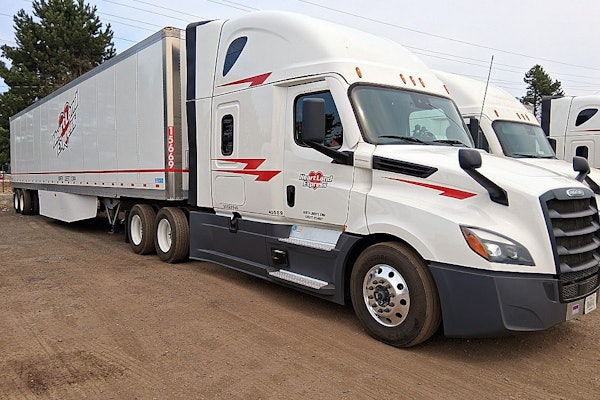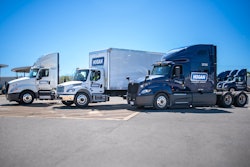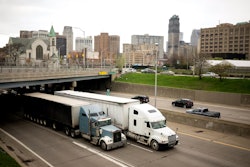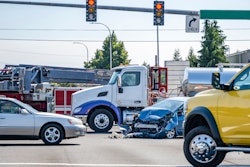The Expendables movie trilogy highlights the value of experience in solving challenging situations. In the movie industry, a challenge is ensuring a sequel makes more money than the original. Often sequels require including more well-known stars. In 2010, The Expendables had 11 well-known actors. Expendables 2 in 2012 had 13. Expendables 3 in 2014 had 17. A quick forecast in Excel expects Expendables 4 to have at least 20 headliners. One source branded the Expendables, “an American ensemble action thriller franchise.” The point seems that more experience is better.
This “more experience is better” philosophy applies to trucking. Fleets celebrate drivers who operate a million-miles without an accident. These drivers reach this milestone through skill, technology and undoubtedly some level of luck.
Trucking is all about the bottom line. Driving a million miles without an incident means the cost per mile of that driver is significantly less than drivers who have had incidents. Or better yet, the profit generated by that million-mile safe driver is statistically significantly better than drivers who have had incidents.
Do fleets pay more to million-mile safe drivers? Do shippers pay more for loads carried by million-mile safe drivers? Are there “soft” benefits to being a million-mile safe driver? Do the shop maintenance managers give extra priority and attention to million-mile safe drivers because they create less work for the shops? Do shippers request those drivers, so they are driving more often? If the fleet goes through a downturn, do million milers get priority to stay?
Is “good” experience rewarded? Or is a truck driver just a truck driver? Is driving a truck a commodity career? In computer terms, are drivers just “plug and play?”
The growing investment in autonomous vehicles (AVs) might suggest that all drivers are at best, average. A route is a route, a load is a load, a driver is a driver, an AV is an AV. Or will some AVs be better than others? Will “more experienced” AVs perform the driving task better? Will those experienced AVs have lower accident rates versus less experienced ones? Will the experienced AVs have better uptime, quicker deliveries, higher customer satisfaction?
Will OEMs offer AVs options like a “million miler” option versus a standard “newbie.” Will fleets have to pay more annually for better performing AVs? Will subscription costs for software be based on how well each AV drives each year? Will less AVs incidents per mile demand more of a premium?
When you buy a base model automobile today, you are assailed typically by a list of optional and required software services. Check the box for “full self-driving” (whatever that really means) and you pay more in software costs, likely both in initial purchase price and annual software subscription fees.
What will the business models be for autonomous trucking in the future?
The first word that always comes to my mind when discussing AVs is “liability.” The second one is “lawyer.” The evolving wild west of AV experiences are bound to find some interesting case studies for future tort lawyers.
As safe as today’s automobiles have become, insurance companies and lawyers have not gone out of business. Are future autonomous trucks going to completely eliminate accidents? What will that do to dependent industries like wrecking yards, hospital emergency rooms, first responders, tow truck operators, highway workers, body repair shops, etc.?
Many questions about technology adoption are only answerable in retrospect. But that should not stop us from asking the questions and thinking about the problems.
A free market tends to force products to evolve, to improve with experience and time. AVs will mature because the market will require them to. The hype will transition into real-world experience, and like the million-mile drivers out there, more experience should lead to better vehicles.
But vehicle technology iterations are like movie sequels; there is no guarantee that the next software release or hardware release is better than the originals. In the long run, the market will demand that AVs improve, but each iteration may not.
Modern computer-based systems have become so complex that fully testing them prior to commercial release is not feasible. Manufacturers put their new vehicles in the field knowing they will need to be updated as problems are discovered, as recalls occur, as incidents happen.
Safety is not a destination, but a journey — one every technology is on. A 2025 model year car is much safer than a 1966 one. But the insurance company still has to insure it. Truck insurance premiums have not reduced over time, even though trucks largely are much safer than they were 50 years ago.
Will AVs make the roads safer? Will fleets have to pay more for that safety? A lot of questions that will have to wait for time to answer.




